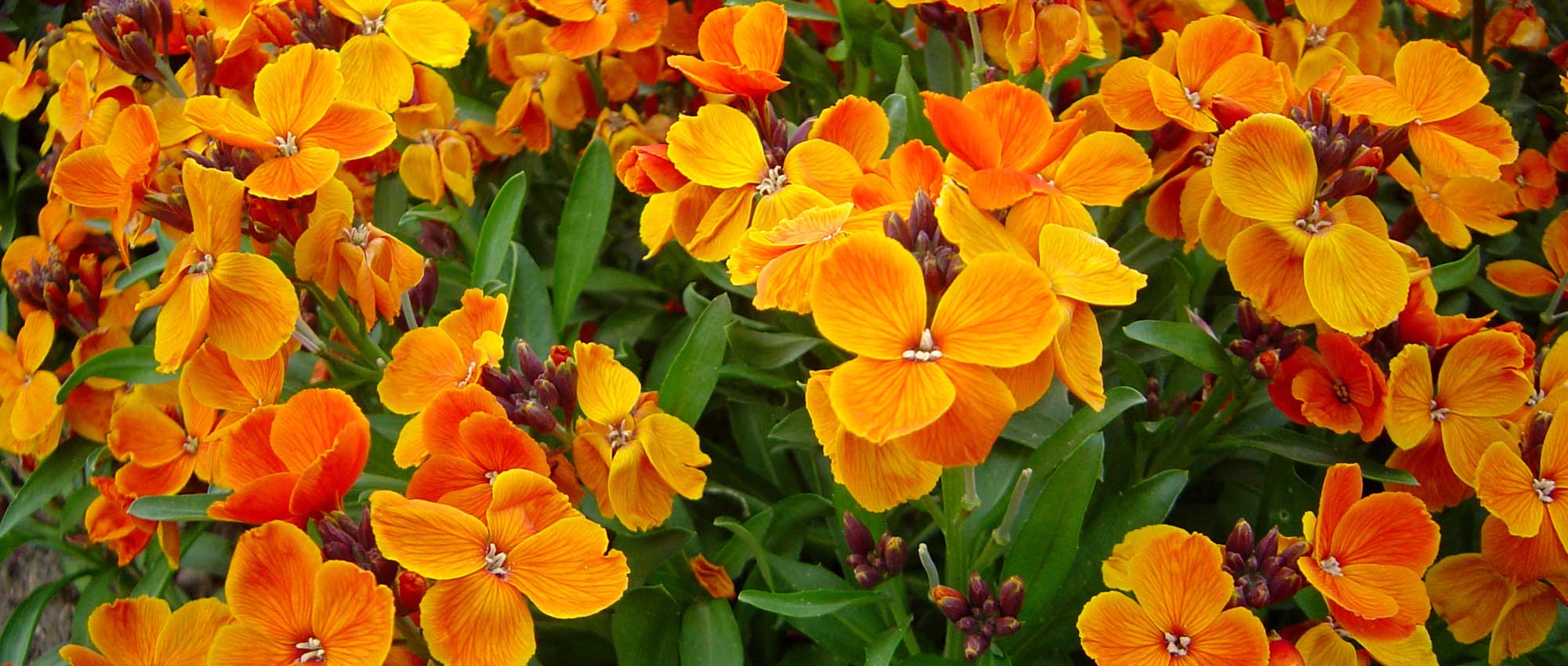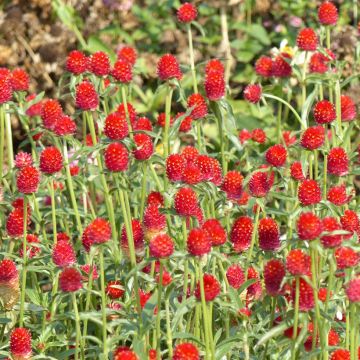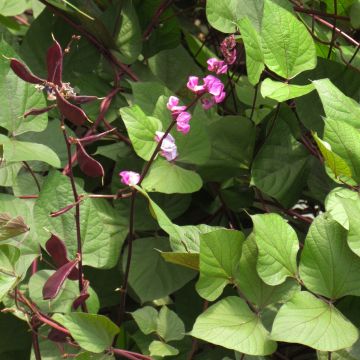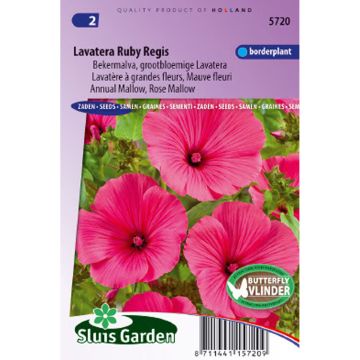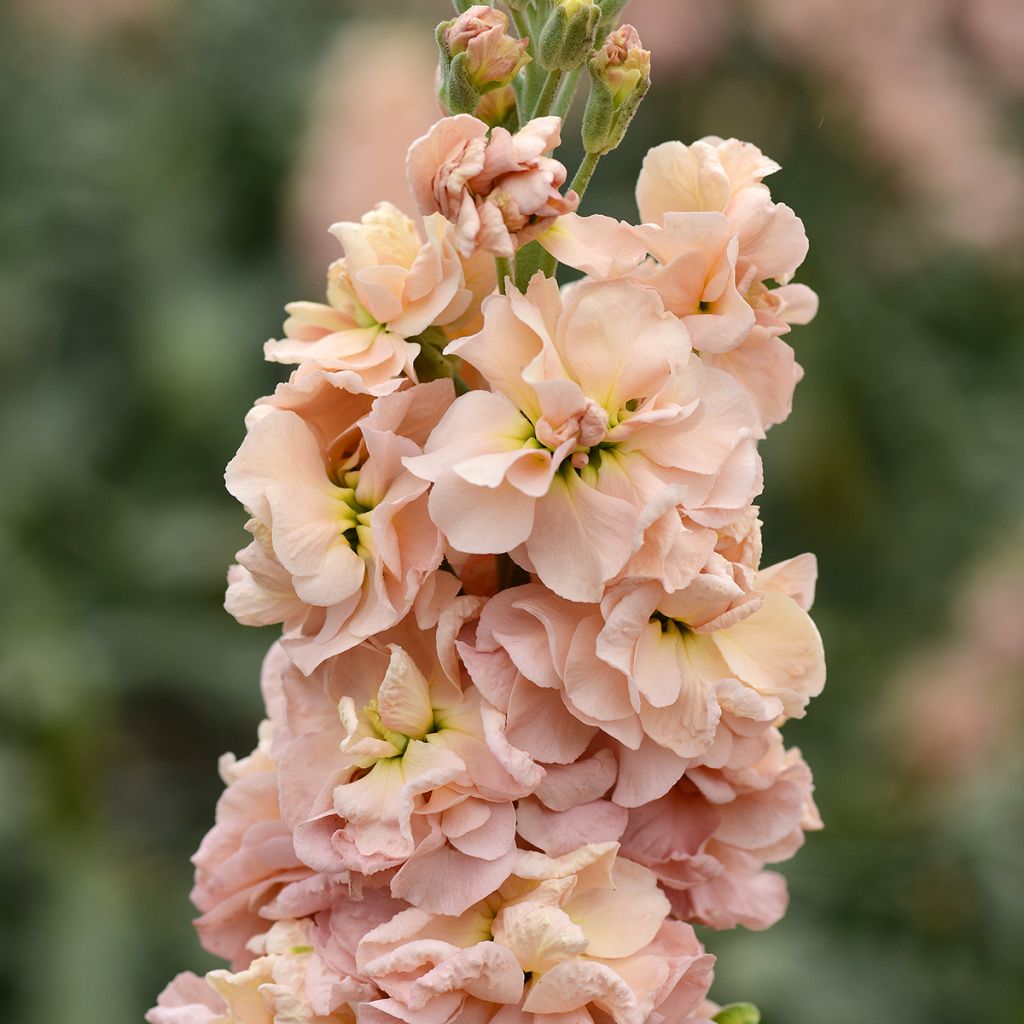

Matthiola incana Classic Apricot quarantaine seeds - Stock
Matthiola incana Classic Apricot quarantaine seeds - Stock
Matthiola incana Classic Apricot
Brompton stock, Hoary stock, Cluster-leaved stock, Common stock, Hopes, Queen's stock, Wallflower stock, Gilliflower
Special offer!
Receive a €20 voucher for any order over €90 (excluding delivery costs, credit notes, and plastic-free options)!
1- Add your favorite plants to your cart.
2- Once you have reached €90, confirm your order (you can even choose the delivery date!).
3- As soon as your order is shipped, you will receive an email containing your voucher code, valid for 3 months (90 days).
Your voucher is unique and can only be used once, for any order with a minimum value of €20, excluding delivery costs.
Can be combined with other current offers, non-divisible and non-refundable.
Home or relay delivery (depending on size and destination)
Schedule delivery date,
and select date in basket
This plant carries a 6 months recovery warranty
More information
We guarantee the quality of our plants for a full growing cycle, and will replace at our expense any plant that fails to recover under normal climatic and planting conditions.
Does this plant fit my garden?
Set up your Plantfit profile →
Description
The Matthiola incana 'Classic Apricot' is a variety of highly fragrant, soft, rosy-orange stock selected for cut flowers. When grown in pots, each plant forms a single sturdy, large flower spike, while in open ground it tends to branch more and produces more spreading blooms. Sowing yields approximately 50% double-flowered plants. This stock is also suitable for decorating borders and flowering containers. It is easy to grow in full sun, in rich, well-drained soil.
Stock, or Matthiola incana (formerly Cheiranthus incanus), is a short-lived herbaceous plant often grown as an annual or biennial depending on the climate. It belongs to the Brassicaceae family, like mustard. Native to the Mediterranean basin and the Canary Islands, this species grows naturally in rocky coastal environments. It is also known as Ten-week stock, Common stock, or Florist's stock.
The cultivar 'Classic Apricot' forms a clump reaching 60 to 80 cm in height when in flower. Its foliage is grey-green and narrowly lanceolate. grouped in long, dense spikes 2 to 3 cm in diameter, the flowers appear from late April to September, depending on the sowing date. Their spicy, sweet fragrance attracts many pollinators such as bees. This stock most often produces a single thick, spectacular flowering stem. The 'Classic Apricot' can be grown as an annual or biennial: sown in spring, it flowers in summer; sown in late summer or autumn, it overwinters as a rosette and flowers the following spring. In all cases, the plant dies after flowering.
The 'Classic Apricot' Stock has incredible charm in mixed borders, spring beds, or containers. Its sweet, spicy fragrance invites planting near a path, close to an entrance or on a patio. In beds, its apricot tones harmonise with silver foliage such as that of Artemisia 'Powis Castle' or Stachys byzantina 'Big Ears', but also with the pastel blooms of candytuft or dwarf snapdragon 'Twinny Appleblossom', for example. For a surprising effect, pair it with blue delphiniums and forget-me-nots.
In cut flower arranegements, this stock combines perfectly with late tulips, double-flowered columbines, or flowering branches of summer spirea.
Flowering
Foliage
Plant habit
Botanical data
Matthiola
incana
Classic Apricot
Brassicaceae
Brompton stock, Hoary stock, Cluster-leaved stock, Common stock, Hopes, Queen's stock, Wallflower stock, Gilliflower
Cheiranthus incanus
Cultivar or hybrid
Planting and care
Sow Classic Apricot wallflowers from February to April or in late summer. Sow the seeds on the surface of moist compost, in pots or trays, and lightly cover the seeds with a thin layer of vermiculite. Place in a propagator or enclose the containers in a clear plastic bag, kept in a warm location at a temperature between 20-25°C. Keep the sowing near a light source, as this encourages germination. Keep the compost surface moist, but not waterlogged; germination will usually take 10 to 21 days.
When the seedlings are sufficiently developed, transplant them into 7.5 cm pots or trays. Gradually acclimatise the plants to cooler conditions for a few days before planting out, after all risk of frost has passed, spacing them 30 cm apart. Choose a sunny spot and well-drained soil, or pots filled with a rich, free-draining mixture.
In dry soil and sunny positions, remember to water your plants often in summer so the soil never dries out completely between waterings.
Sowing period
Intended location
Planting & care advice
This item has not been reviewed yet - be the first to leave a review about it.
Similar products
Haven't found what you were looking for?
Hardiness is the lowest winter temperature a plant can endure without suffering serious damage or even dying. However, hardiness is affected by location (a sheltered area, such as a patio), protection (winter cover) and soil type (hardiness is improved by well-drained soil).

Photo Sharing Terms & Conditions
In order to encourage gardeners to interact and share their experiences, Promesse de fleurs offers various media enabling content to be uploaded onto its Site - in particular via the ‘Photo sharing’ module.
The User agrees to refrain from:
- Posting any content that is illegal, prejudicial, insulting, racist, inciteful to hatred, revisionist, contrary to public decency, that infringes on privacy or on the privacy rights of third parties, in particular the publicity rights of persons and goods, intellectual property rights, or the right to privacy.
- Submitting content on behalf of a third party;
- Impersonate the identity of a third party and/or publish any personal information about a third party;
In general, the User undertakes to refrain from any unethical behaviour.
All Content (in particular text, comments, files, images, photos, videos, creative works, etc.), which may be subject to property or intellectual property rights, image or other private rights, shall remain the property of the User, subject to the limited rights granted by the terms of the licence granted by Promesse de fleurs as stated below. Users are at liberty to publish or not to publish such Content on the Site, notably via the ‘Photo Sharing’ facility, and accept that this Content shall be made public and freely accessible, notably on the Internet.
Users further acknowledge, undertake to have ,and guarantee that they hold all necessary rights and permissions to publish such material on the Site, in particular with regard to the legislation in force pertaining to any privacy, property, intellectual property, image, or contractual rights, or rights of any other nature. By publishing such Content on the Site, Users acknowledge accepting full liability as publishers of the Content within the meaning of the law, and grant Promesse de fleurs, free of charge, an inclusive, worldwide licence for the said Content for the entire duration of its publication, including all reproduction, representation, up/downloading, displaying, performing, transmission, and storage rights.
Users also grant permission for their name to be linked to the Content and accept that this link may not always be made available.
By engaging in posting material, Users consent to their Content becoming automatically accessible on the Internet, in particular on other sites and/or blogs and/or web pages of the Promesse de fleurs site, including in particular social pages and the Promesse de fleurs catalogue.
Users may secure the removal of entrusted content free of charge by issuing a simple request via our contact form.
The flowering period indicated on our website applies to countries and regions located in USDA zone 8 (France, the United Kingdom, Ireland, the Netherlands, etc.)
It will vary according to where you live:
- In zones 9 to 10 (Italy, Spain, Greece, etc.), flowering will occur about 2 to 4 weeks earlier.
- In zones 6 to 7 (Germany, Poland, Slovenia, and lower mountainous regions), flowering will be delayed by 2 to 3 weeks.
- In zone 5 (Central Europe, Scandinavia), blooming will be delayed by 3 to 5 weeks.
In temperate climates, pruning of spring-flowering shrubs (forsythia, spireas, etc.) should be done just after flowering.
Pruning of summer-flowering shrubs (Indian Lilac, Perovskia, etc.) can be done in winter or spring.
In cold regions as well as with frost-sensitive plants, avoid pruning too early when severe frosts may still occur.
The planting period indicated on our website applies to countries and regions located in USDA zone 8 (France, United Kingdom, Ireland, Netherlands).
It will vary according to where you live:
- In Mediterranean zones (Marseille, Madrid, Milan, etc.), autumn and winter are the best planting periods.
- In continental zones (Strasbourg, Munich, Vienna, etc.), delay planting by 2 to 3 weeks in spring and bring it forward by 2 to 4 weeks in autumn.
- In mountainous regions (the Alps, Pyrenees, Carpathians, etc.), it is best to plant in late spring (May-June) or late summer (August-September).
The harvesting period indicated on our website applies to countries and regions in USDA zone 8 (France, England, Ireland, the Netherlands).
In colder areas (Scandinavia, Poland, Austria...) fruit and vegetable harvests are likely to be delayed by 3-4 weeks.
In warmer areas (Italy, Spain, Greece, etc.), harvesting will probably take place earlier, depending on weather conditions.
The sowing periods indicated on our website apply to countries and regions within USDA Zone 8 (France, UK, Ireland, Netherlands).
In colder areas (Scandinavia, Poland, Austria...), delay any outdoor sowing by 3-4 weeks, or sow under glass.
In warmer climes (Italy, Spain, Greece, etc.), bring outdoor sowing forward by a few weeks.






























